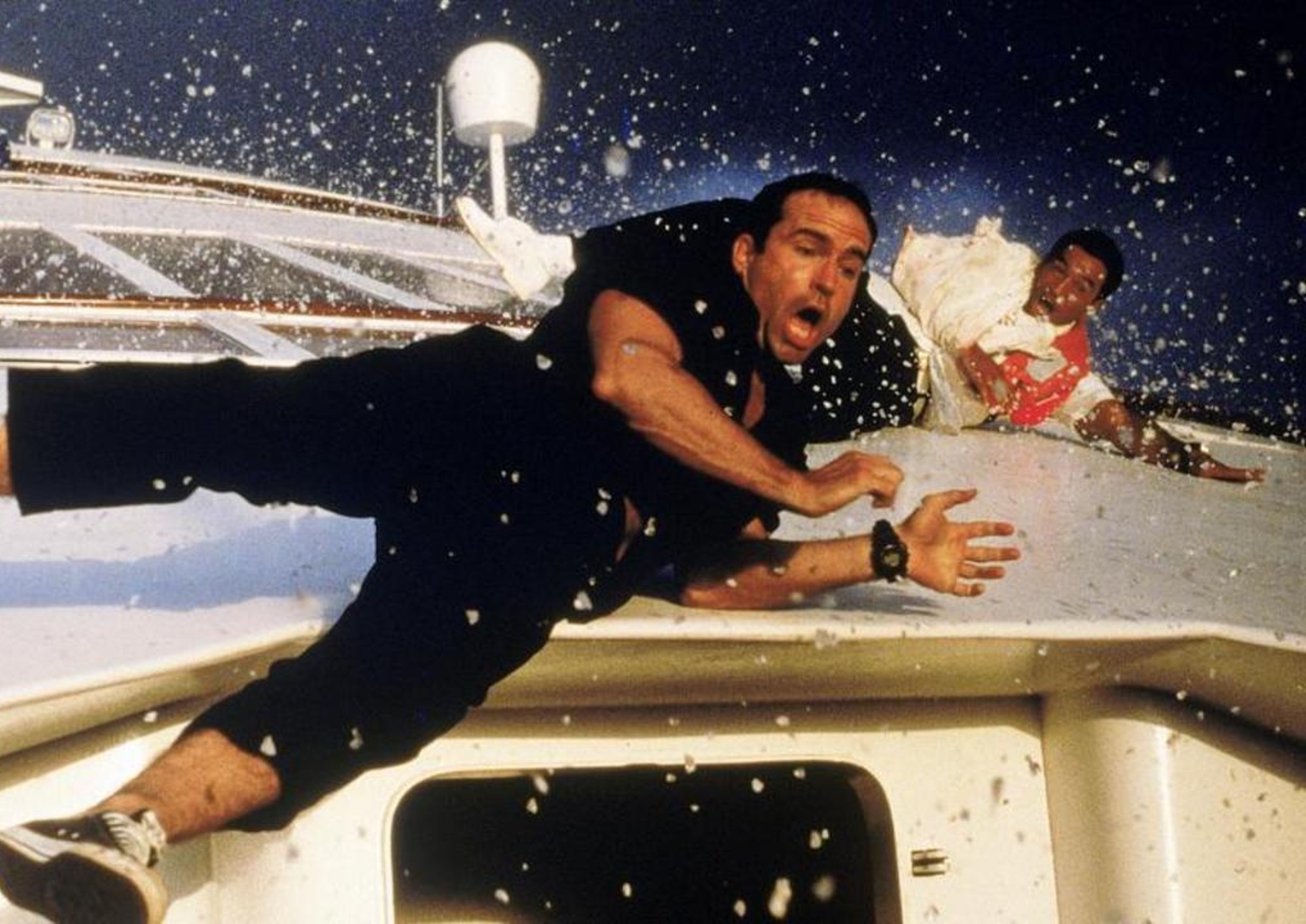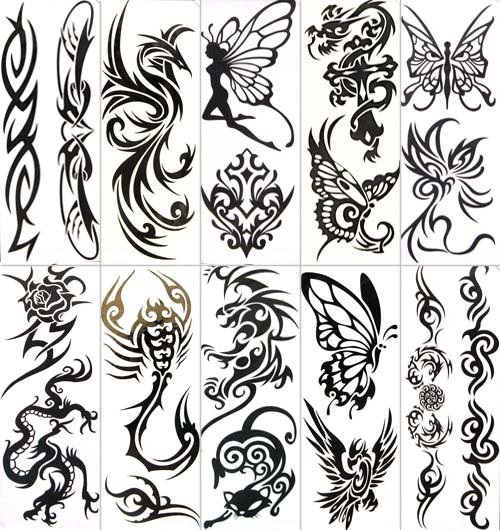Table Of Content

The word “knot” traces back the 1600s when seafarers used an instrument called a chip log to determine the speed of their vessel. A log consisted of rope with uniformly set knots attached to a piece of wood. The device would float behind the vessel and release the rope as the boat advanced. After a specific time passed, sailors brought the rope back in and counted the knots between the boat and the wood. Navigating through hazardous weather conditions is a crucial aspect of cruise ship navigation. Advanced technology, including weather tracking systems and stabilizers, helps to minimize the impact of rough weather on the ship and its passengers.
Who has the fastest cruise ship?

In return for it, drafts of ft (7-9 m) allow smooth rides when traveling even with mph (over 40 kph). The vessel's close to top speed cruising is generally used when avoiding storms (especially during the Caribbean summers), during tests, and sometimes when assisting other vessels. However, water conditions, bad weather, and several other factors can affect cruise ship speed on any particular day. So, the same ship might register two different top speeds if we were to give it trials on two separate days.
How far can a cruise ship travel in 24 hours?
These ships push the boundaries of cruise ship speeds, allowing travelers to experience high-velocity voyages without compromising on luxury and onboard amenities. They offer passengers the opportunity to explore exciting destinations in less time while indulging in a wide array of entertainment options and activities onboard. Before we start, it’s essential to understand that the speed of ships is measured differently than we’re used to on land. Cruise ships need to strike a balance between speed and fuel efficiency. The faster a ship travels, the more fuel it consumes, which can significantly increase operational costs.
Comparison of Speeds of Different Cruise Ships
If they wanted, they could design these cruise ships to come out of the water more, but then it would cause a bumpy ride for the passengers. By allowing the hull to be more submerged it allows for a smoother ride on the high seas. Even when traveling at 24 knots, you barely feel the ship is even moving. Understanding the typical speeds of different cruise ships allows you to select a voyage that aligns with your preferences and time constraints.
Carnival Ship Delayed a Full Day, Next Cruise Shortened - Cruise Hive
Carnival Ship Delayed a Full Day, Next Cruise Shortened.
Posted: Sat, 24 Feb 2024 08:00:00 GMT [source]
Meet Sophia Mitchell, a passionate traveler and cruise enthusiast. Air Force as an Arabic linguist, Sophia now explores the world as a freelance writer. She funds her four-year (and counting!) cruise adventure using points and miles. Sophia’s travel expertise comes from her time as a reporter for The Points Guy, featured in Forbes, Business Insider, and The Balance.
How fast do Royal Caribbean ships go?
Cruise ship speed typically has an average cruising speed between 20 and 25 knots (23-29 mph or km/h). Some of the fastest cruise ships, like the Queen Mary 2, can reach speeds of up to 30 knots (34.5 mph or 55.5 km/h). It’s important to note that these speeds are not constant, as they can fluctuate depending on the factors mentioned above. Did you know that the average cruising speed of a cruise ship is between 18 to 22 knots, covering around 480 nautical miles in a day? The cruise itinerary and the distance between ports of call also play a significant role in determining the speed of a cruise ship. Cruise ships are designed to reach each port on time, ensuring a seamless and punctual experience for passengers.
While your car could easily leave a cruise ship in its wake on land, in the open ocean, it’s a whole different ball game. On average, cars can go about miles per hour, while cruise ships go around miles per hour. But, remember, while your car may win the speed race, it definitely can’t match the luxury of a cruise ship.
Cruise ships don’t generally go over 20-something knots for a couple of reasons. First and foremost, vessels keep a consistent cruising speed for fuel efficiency. Ultimately, the speed at which a cruise ship travels contributes to the overall enjoyment and fulfillment of your cruise vacation. These cruise ships prioritize passenger comfort, relaxation, and a slower pace, allowing guests to unwind and appreciate the journey as much as the destinations. They offer a perfect opportunity to disconnect from the fast-paced world and embrace a more leisurely and indulgent vacation experience.
How Far Can a Cruise Ship Travel in a Day?
These factors are carefully considered to ensure a smooth and safe voyage. As you embark on a cruise vacation, it’s essential to know that the speed of a cruise ship can vary depending on several factors. These factors can include the size and type of the ship, the route and distance it needs to cover, weather conditions, and the safety regulations imposed by maritime authorities. Cruise ship speeds are typically measured in knots, which represents the nautical miles traveled per hour. It’s worth noting that cruise ship speeds are not comparable to those of speedboats or racing yachts.
So, whether you’re seeking the thrill of a faster cruise or prefer a leisurely journey, understanding cruise ship speeds allows you to choose the perfect voyage to suit your preferences. Embarking on a cruise is not just about reaching the destination; it’s about immersing yourself in a world of luxury, relaxation, and exploration. So, sit back, relax, and let the cruise ship speed take you on an unforgettable adventure across the vast ocean. Another factor that influences cruise ship speed is the size and design of the vessel.
Therefore, if you’ve even worried about a cruise ship hightailing it over rough water to make it to a port on time, have no fear. Cruise ships aren’t meant to fly through the sea, but instead, function to enhance the comfort of its passengers while also improving fuel efficiency. These factors work together to determine the fastest comfortable cruising speed for a cruise ship. While larger ships may have a slower speed due to their size, the number of passengers, distance, and fuel consumption also contribute to the overall equation.
Lastly, our ships are designed to increase passenger safety, which is always a priority. Generally, the heavier any vehicle is, whether it’s a car or a boat, the greater the force required to accelerate. As you can see, the Queen Mary 2 holds the top spot for the fastest cruise ship in the world, while the other ships on the list have top speeds ranging from 23.9 to 22.6 knots. While speed may not be the main selling point for a cruise, it’s still interesting to compare and see how different ships stack up against each other.
On the other hand, a headwind pushing against the bow or front of the boat can significantly slow it down, requiring more energy to travel at the same speed. Wind shear from wind hitting the boat from either side creates drag and makes it harder for the boat to move forward, consuming more fuel than a calm sea or one with a lucky tailwind. In truth, a cruise ship’s speed depends on the design of the ship, the itinerary, and the weather. But in the end, the average cruise ship speed doesn’t matter much, as long as the ship makes it to its next scheduled port on time and the captain keeps passenger comfort in mind. All of this allows ocean liners to navigate open waters more efficiently than cruise ships.
That said, the top speed of a vessel would be around 30 knots, which is about 35 miles per hour. Currently, the record for the fastest ocean liner in the world is held by the SS United States, with a speed of 38 knots. The classic ocean liner had a total horsepower of 240,000 and four 18 ft propellers. The ship’s design and material also had an impact on the speed of the SS United States. High-speed cruise ships excel in covering longer distances efficiently, while slow-speed cruise ships prioritize scenic cruising, extended port visits, and serenity. Ah, the Royal Caribbean, they’re not just royal by name, but also by speed.
Through my experience in the cruise industry since 2006, I’ve gained access to a plethora of resources. These resources have allowed me to become a trusted source of information for over 1 million people per month who are planning their cruise holidays. Today, SS United States is docked in Philadelphia and maintained by a nonprofit conservancy that hopes to find investors to restore the languishing liner, which is now more than 70 years old. It might not be operational, but its previous accolades make it the fastest passenger vessel currently afloat. The 963-foot ship took one gallon of fuel to move forward 50 feet.
However, the speed of these vessels is a crucial aspect that often goes unnoticed. In short, the number of knots pulled out into the water over a specific period of time translated into the speed of the vessel's travel. That’s 66,000 gallons every day, which creates a lot of pollution. In recent years, there has been enormous regulatory pressure to make big ships friendlier to the environment and the ocean that they sail on. Many modern ships use gas turbines or diesel-electric engines to propel the boat and power shipboard systems.

No comments:
Post a Comment